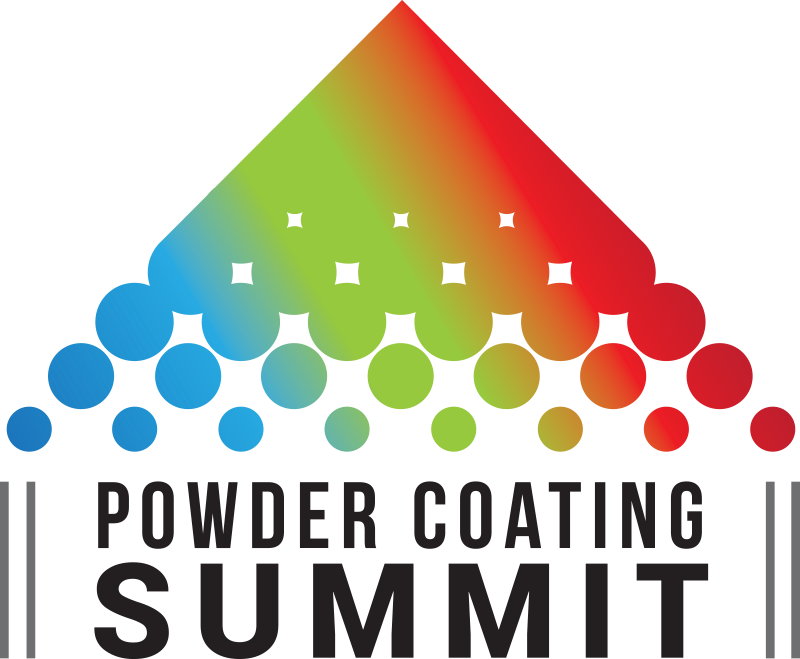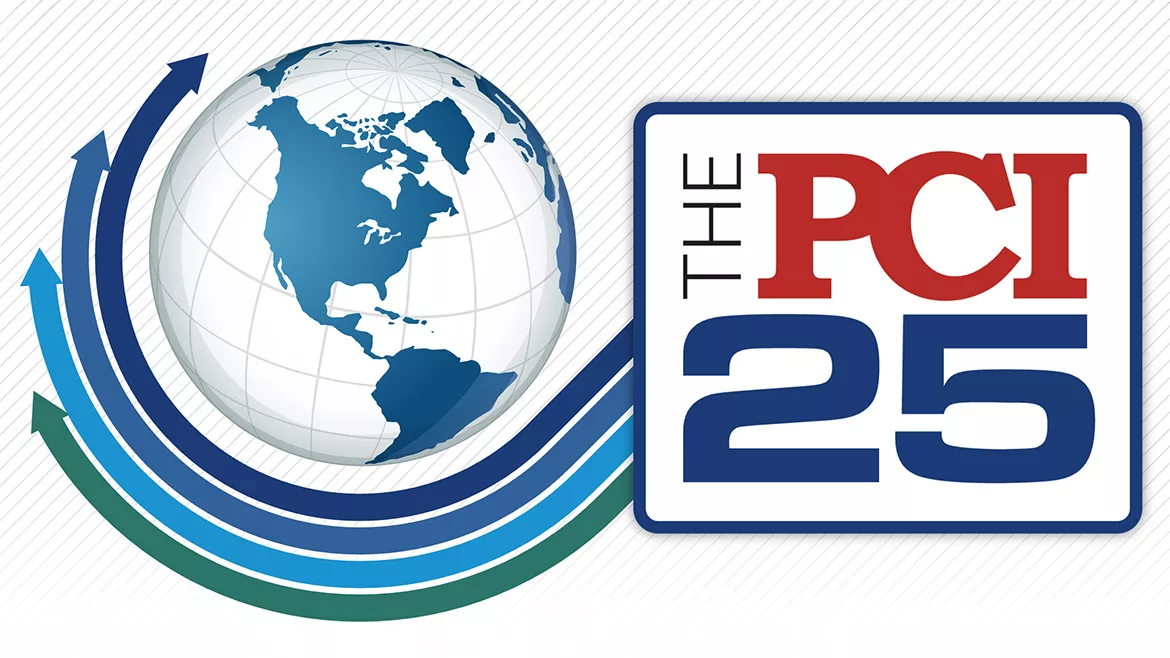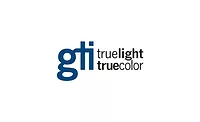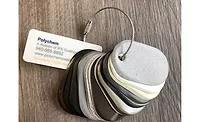Conquering Color Harmony
Meeting the demands of your customer is always challenging. Meeting the requirements of a premium car company such as BMW can be overwhelming. But apparently no challenge is too big for automotive components supplier Plastic Onmium and its team of industry experts.
Plastic Omnium chose the X-Rite Car Flash spectrophotometer, and selected ABB as the robot supplier to be the core mechanical hardware components. Over the two-year development period, the team studied various key factors such as the angle, lighting and curvature of the part, to name a few. After endless controlled experiments, the team was successful in developing the system they desired.
The OPTIS system could now read any part consistently and log the data to a file. During the development of the hardware, the team needed to identify a software program to read the data from the file and analyze the color position. Plastic Omnium looked at several software packages and chose the BASF ColorCARE™ program to make the OPTIS system complete.

 Secondly, the three-dimensional graphs allow the user to visually assess the changes for each reading. Graphing each color angle of the spectrophotometer for each reading of the part allows you to quickly see if any changes are happening to the system. The software also automatically determines if the color is within the parameters the user specifies.
Secondly, the three-dimensional graphs allow the user to visually assess the changes for each reading. Graphing each color angle of the spectrophotometer for each reading of the part allows you to quickly see if any changes are happening to the system. The software also automatically determines if the color is within the parameters the user specifies.
 The third reason Plastic Omnium chose ColorCARE™ by BASF is the strong scripting language integrated into ColorCARE™. The scripting language of the color analysis tool is important because it allows the user to customize the types of information you are going to store and the color tolerances for each part. Finally, ColorCARE™ can be networked, which allows others in the organization to access the data.
The third reason Plastic Omnium chose ColorCARE™ by BASF is the strong scripting language integrated into ColorCARE™. The scripting language of the color analysis tool is important because it allows the user to customize the types of information you are going to store and the color tolerances for each part. Finally, ColorCARE™ can be networked, which allows others in the organization to access the data.
“Whether you are an application engineer on the paint shop floor, a quality engineer reviewing data, or a manager, the information is a mouse click away,” explains Rick Doyle, BASF product manager.
Once the development was completed, Plastic Omnium performed trials on the OPTIS system at a plant in France. The trial was successful. OPTIS was now ready for real world application.
Plastic Omnium quickly sprang into action and started planning the launch. First, the equipment was put in place and debugging of the Car Flash began. This consisted of developing the robot paths for each part and the angle of the spectrophotometer reading the color. Then, Fallon wrote the scripts to make the user interface friendly. “The scripting language was easy to learn and allowed us to customize the software,” explained Fallon. The customized software allowed Plastic Omnium to set up tolerances for each color. The software keeps track of color tolerances and flags if one of the color readings does not meet the specification.
The OPTIS system has been collecting and sending color data to BMW for over two years. It has demonstrated that it can:
The Research
Over four years ago, Plastic Omnium began receiving requests from its customer base to improve color harmony and, beyond that, to measure and match color parameters on every part. Plastic Omnium went to work addressing these customer requests at its research center, Sigmatech, in France. In seeking partners for this research, Plastic Omnium formed a collaborative team with ABB, X-Rite and BASF to develop a state-of-the-art color harmony system named OPTIS.Plastic Omnium chose the X-Rite Car Flash spectrophotometer, and selected ABB as the robot supplier to be the core mechanical hardware components. Over the two-year development period, the team studied various key factors such as the angle, lighting and curvature of the part, to name a few. After endless controlled experiments, the team was successful in developing the system they desired.
The OPTIS system could now read any part consistently and log the data to a file. During the development of the hardware, the team needed to identify a software program to read the data from the file and analyze the color position. Plastic Omnium looked at several software packages and chose the BASF ColorCARE™ program to make the OPTIS system complete.

ColorCARE™
ColorCARE™ was chosen for four important reasons. First, BASF scientists wrote a special program to take the raw data and automatically load the information into ColorCARE™ – an important step in completing the automation. The custom loader automatically inputs a file consisting of time and date, part type, position, color, color position, and additional data directly into the ColorCARE™ system. “Plastic Omnium – Andersen is the only parts facility with fully automated import for color data,” said Patrick Fillon, Plastic Omnium lead engineer on the project.

“Whether you are an application engineer on the paint shop floor, a quality engineer reviewing data, or a manager, the information is a mouse click away,” explains Rick Doyle, BASF product manager.
Once the development was completed, Plastic Omnium performed trials on the OPTIS system at a plant in France. The trial was successful. OPTIS was now ready for real world application.
The Real World
Plastic Omnium was selected to supply the E70 program for BMW. When they saw the vehicle design they knew it would require state-of-the-art equipment to control the color harmony between the hang-on parts and the body. The design of the new BMW SUV made it especially critical that the parts match up from a color perspective. BMW AG also asked Plastic Omnium to use the same paint formula on the plastic parts that was being used in the assembly plant. The challenge facing Plastic Omnium was now enormous.Plastic Omnium quickly sprang into action and started planning the launch. First, the equipment was put in place and debugging of the Car Flash began. This consisted of developing the robot paths for each part and the angle of the spectrophotometer reading the color. Then, Fallon wrote the scripts to make the user interface friendly. “The scripting language was easy to learn and allowed us to customize the software,” explained Fallon. The customized software allowed Plastic Omnium to set up tolerances for each color. The software keeps track of color tolerances and flags if one of the color readings does not meet the specification.
The Hidden Bonus
As the application engineers started to tune in on a process, ColorCARE™ was found to be extremely valuable in accelerating application development. “If one of the readings on a part had an acceptable color, we knew the paint was color capable. We then could focus on the application in the areas that were not acceptable,“ said Duaine Stelly, BASF Coatings Process Leader. The software was key to a smooth launch.The OPTIS system has been collecting and sending color data to BMW for over two years. It has demonstrated that it can:
- Automatically collect color data;
- Determine if the color is within tolerances; and
- Assist in rapid application development.
Looking for a reprint of this article?
From high-res PDFs to custom plaques, order your copy today!







